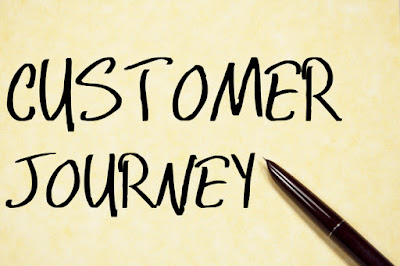"When it comes to life, the critical thing is whether you take things for granted or take them with gratitude," writer G.K. Chesterton said.
It's that time of year: The perfect opportunity to show appreciation to those who have helped you this year and those you don't know. It will do your heart and head well to increase your gratitude this holiday season.
So here are some practical ideas.
7 Great Ways to Show Gratitude During the Holidays
1. Volunteer
Help at local hospitals, libraries, homeless centers, nursing homes, animal shelters, churches, or parks.
You can also go much more personal, helping friends in need by babysitting, doing their yard work, or taking them a meal.
Whatever you do, you'll help the community and improve your sense of thankfulness.
2. Count Your Blessings
Make a list of things for which you're grateful.
For example, instead of making a list of items you want for the holidays, make a list of what you have.
Count your blessings and record how you feel about having these things in your life. This also helps instill a sense of gratitude.
3. Perform a Small Act of Kindness
Open the door for someone. Whether you know them or not, a great way to instill a thankful attitude is to show some kindness.
This holiday season is a great time to focus on the simple things like holding doors for shoppers at the grocery store, at the mall when you're picking up Christmas gifts, or at a restaurant after your meal.
Opening a door for someone may help them feel important. So go ahead and try it.
4. Write a Note
Giving someone a handwritten note can make their day.
It shows you care and provides them acknowledgment that they might not have thought they would receive. It can boost people's spirits more than you think.
Send it in the mail or write it on a sticky note. Think of people who work for or with you. Or family members. Just appreciate people for who they are.
5. Make a Treat
Bring in a plate full of cookies, bars, donuts, or even bagels.
This does a lot to bolster people's feelings of thankfulness. It shows you care and makes people feel loved.
6. Pay It Forward
If you are at a coffee shop, a drive-through, or even a restaurant, try buying a stranger a meal.
Sometimes the holidays are tough on people financially, and this is a great way to help out a stranger or even help a friend or coworker.
7. Unplug
Turn off your phone when you are spending time with someone.
In today's digitally saturated world, being fully present with someone can be a big gesture.
Focus on being with the other person without your phone beeping in your hand. This helps make solid connections.
Whatever you decide to do to increase your gratitude this holiday season will boost not only the spirits of others but yours too.
We are grateful that we get to continue to serve you and our community. If we can help boost your spirits with professional printing, don't hesitate to contact us today.
To contact Chuck Gherman, Theresa Kauser or Veronica Carter for more information about how Printing Arts Press powered by PROforma can help organizations with their Marketing and Human Resource needs through promotion and print communications please visit www.printingartspress.com.
#Print #Directmail #Marketing #Mail #Banners #Publications #Postcards #PromotionalMerchandise #BrandedApparel #Catalogs #HRmanuals




















